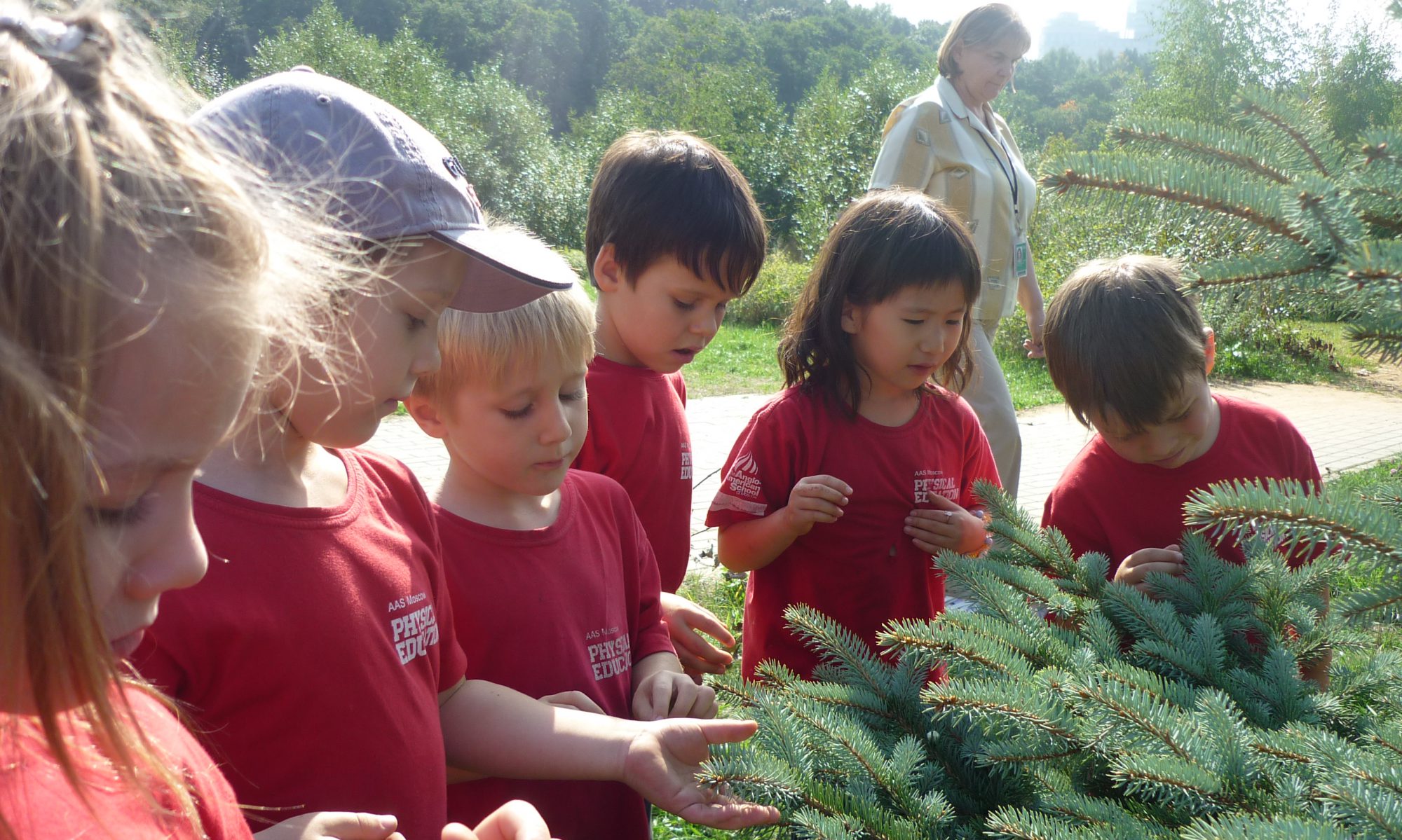One day, We read a book called “What Do You Do With an Idea?” by Kobi Yamada and Mae Besom. It inspired our students to have an intense discussion about what they would do if they have an idea:
Michael: “I will write it down.
Lizzy: “I will write it down and stick it on the mystery wall.”
Emerson: “I agreed with the book, I will change the world.”
Daisy: “I would just do it.”
Trace: “You shouldn’t do it because you don’t know if it is a good idea or not.”
Scarlett: “I will write down on my idea book. And see if it is a good thing to do.”
Lisa: “I will write it down. I will do it when I am older. I want to test it and see if it is good or not. I can’t do it now because it may be dangerous.”
Liam: “ I will just do it.”
Freddie: “I agreed with Liam. I will just do it.”
Safiya: “Don’t wait, just do it. If you wait, you might forget your idea.”
Hannes: “I will write it down, and put it on the mystery wall.”
Fatima: “I agreed with Safiya. If you wait, you will forget about it. So just do it.”
We are waiting for some ideas to come up so that we can decide what to do with them.
The other day, after finishing our sculptures with wood, rocks and wires, we were wondering what else we can use to make sculpture. We happened to have some plaster in the classroom. Students were so enthusiastic about trying it. Mrs. Zurfluh and Ms. Tracey told the children that they had not done this before. So we decided to explore together. Our experiment started with wearing masks and gloves, touching gluey plaster, finding ways to make plaster with consistency etc. etc. We also got frustrated about not being able to put plaster into balloons fast enough so that we can mold them into shapes we want before it dried out. Along the way, we all learned to be patient, flexible, and persistent. The children also discovered the following:
Daisy: “I noticed that when it is dry, it feels harder and cold.”
Liam: “I can make it into almost any shapes that I want.”
Emerson: “When you use plaster to make things, it dries very fast.”
Scarlett: “I noticed that when it is not dry, it feels hot. But when it is dry, it is cold.”
Michael: “When you tried to make a snow man, the ball fell down.”
Freddie: “I noticed that it is very, very messy when we tried to make things.”
Lisa:” When you take off the plate or the bowl, the patterns stay in the plaster.”
Fatima: “When we use plaster, it is very messy. We need to wear gloves.”
Safiya: “The plate that I made has patterns in it.”
Hannes: “ It is very messy…”
It is our hope that the inquiring/exploring seeds that we planted will continue to inspire our children in the years to come through their learning journey.

